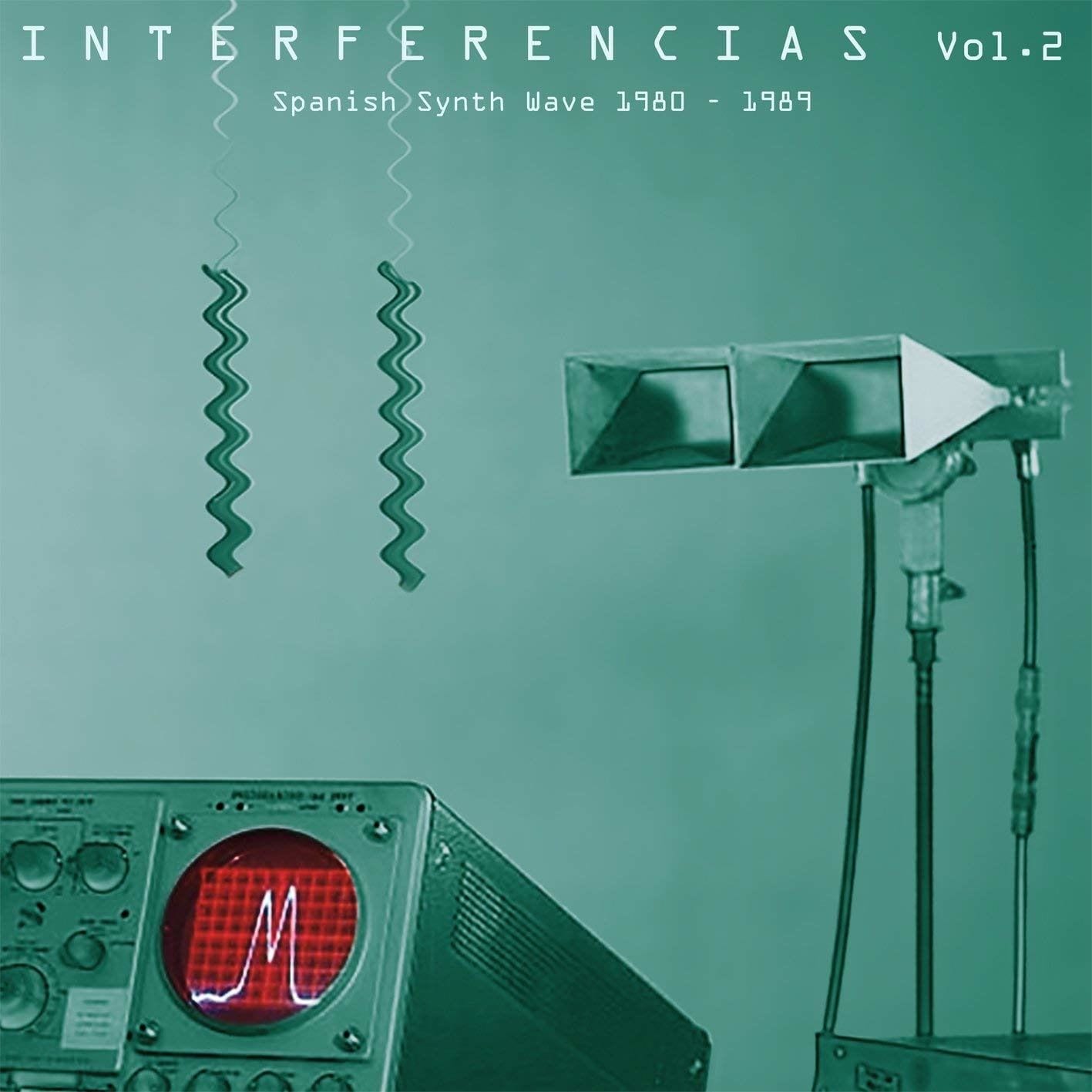
What is it about synthpop?
The sharp, unremitting electronic beat, like rain pelting the steel-rimmed overpass above your head. The warm, Moog-driven melody emerging out of rake-thin robotic beats, a delicious river of sound swelling up to wrap you in its warmth. The vague, echo-effected post-punk vocals, inevitably and unidentifiably Euro-accented, chanting at you as though from a distant dream.
There’s a reason synthpop emerged in the ’80s, as a comforting salve to assuage our fears at the growing alienation and bureaucratization of a skyscraper society; to meet it in sensuous left-accelerationism on the dancefloor; and to serve as a confrontational challenge to the bland echoes of the industrialized world’s deadening, normative culture industries.
There’s something tremendously authentic about early synthpop, which transcends national and even linguistic barriers. The implicitly European tinge of synthpop and new wave means that even American bands drew on European language samples to render their music sincere; how much more sincere, then, the music that drew unpretentiously from its own local traditions?
Spanish synthpop is a unique creation. Drawing on the cultural valence of its own position as a southern European nexus, the earliest Spanish synthpop had its genesis at the tail-end of the Franco dictatorship. As new wave and proto-industrial bands the world over dragged the protean intellectual energy of post-punk onto the decadent dancefloors of the 1980s underground, the in-your-face anti-totalitarianism of the genre (which drew, in deliberate and mocking irony, on much of the imagery of World War II-era fascism) held a unique meaning in the dance clubs and underground recording studios of the Iberian peninsula. There, the sunny skies and beaches of Spain gave way still to the dark and dismal legacy of secret police and cultural repression.
Yet Spain had always had a complex relationship with Euro-American popular culture. The fascist Franco dictatorship which emerged following the Spanish Civil War (immediately prior to World War II) initially ignored foreign rock’n’roll (more concerned with what was being sung in Spanish than in foreign languages such as English), or, later, embraced it in order to assert the regime’s plausibility in a post-war era that saw its fascist allies crushed and rehabilitated as open democratic states. Then, the inevitable creep of cultural nationalism asserted itself: live performers had to be registered with the state and preference was given to local bands singing in the Spanish language.
The result of this state-sponsored musical favoritism was an explosion in the Spanish musical scene, and even Euro-American multinationals opened up Spanish studio branches to operate in the otherwise closed nation. That was the context Spain’s synthpop bands inherited and against which they arrayed themselves. They were iconoclasts on multiple levels, seeking both to shatter the bland copycatting of Euro-American rock by Spanish bands, while at the same time drawing on a trans-European (i.e., foreign) dark artistic aesthetic. As Sergio Sanchez writes in the superb liner-notes to Interferencias Volume 2, this was a movement that “sought to bring plurality and nuance to a monolithic cultural scene that was too predictable, commercial and stale.”
The death of Spain’s tyrant, Francisco Franco, in 1975 coincided appropriately enough with the explosion of punk and its successors, and the stumbling dictatorship’s musical gates were blown open once and for all.
Interferencias: Volume 2 continues the series’ exploration of this moment of musical flourishing in a Spain grasping toward liberty, in which grassroots musical aspirants rooted in every corner of the country reached out and grasped hands with the dark-edged Euro beats gripping underground dance clubs and radio-waves throughout the rest of the slowly converging continent.
The album is a tremendous success, drawing from musical obscurity a beautiful array of talented, original and creative bands whose tracks bristle with all the ferocious energy of this remarkable period.
There’s darkness: the robot-like percussion of TV Sovietica. The gruff, distorted dissonance of ritualistic industrial band Esplendor Geometrico. The complex power of Valencian dark goth outfit Diagonal, swaying with a combination of light synth riffs complemented by heavy, dark and dissonant orchestrals and bass; the angry yet melodic Spanish vocals bind it all together perfectly.
There’s light: the upbeat, OMD-style synth optimism of Jan and Claustrofobia. The harmoniously melodic orchestral rhythms of De Picnic. The quirky complexity and expansive emotional vocals of Valencia’s Fanzine. The ethereal and upbeat vocal harmonies of Flash Cero (emblematic of that ubiquitous Valencian synthpop scene). The wide-ranging Euro beats of Barcelona’s Programa.
There’s the guitar-driven post-punk moments: the Clash-like vibes of (you guessed it – Valencian) Betty Troupe; the surprisingly-Brit-poppy and vocally-driven dance-floor anthem Television by Mania.
And then there are true jewels: the upbeat punk expressiveness and mesmerizing Spanish vocals produced by the women of Logotipo. The synth-sincerity of Andalusia’s Q, like a restrained Iberian Petshop Boys or Duran Duran. The Kraftwerk-like quirkiness of Demian. The fast-paced, guitar-and-techno beats of Flacidos Lunes (like a frenzied X Mal Espana, with the gorgeously dark and danceable track “Francotirador”). The rapid-fire percussive rage of Madrid’s Minuit Polonia. The EBM body-moving brain-worms of Heroica; the orchestral, New Order-esque grandiosity of V Generation.
Interferencias Volume 2 offers an exquisite sampling not only of Spanish synthpop but of that raw ’80s spirit which defined the genre throughout Europe. When the present seems bland, broken, and brutal, sometimes revisiting our roots can remind us not just where we came from, but also what powerful musical movements can result from dreaming into being those places we wish to go.

